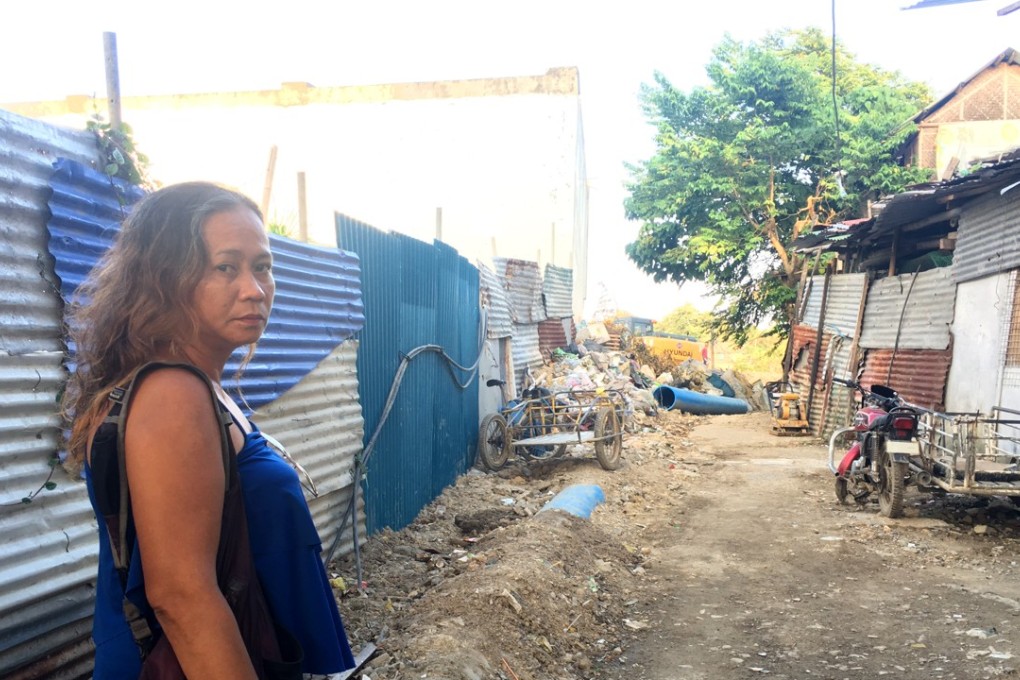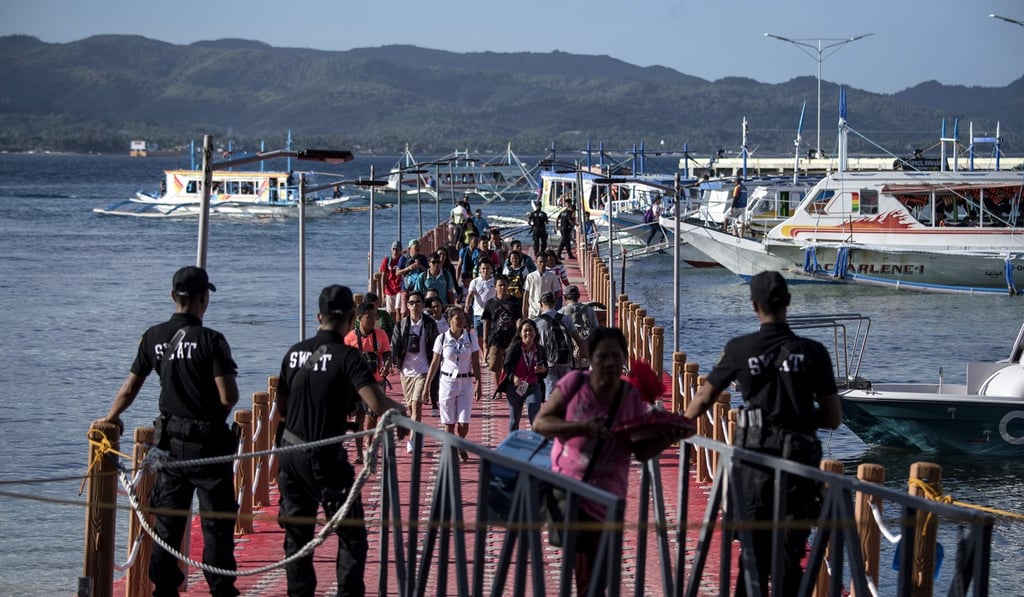Advertisement
Boracay’s back cleaner and greener. But something’s missing: jobs
- Philippine President Rodrigo Duterte shut down the island for a six-month rehabilitation that ended last week
- Locals say the new environmental rules have left them unable to make a living
Reading Time:5 minutes
Why you can trust SCMP

For six long months and counting, Filipino mother Olive Abenera has been struggling to feed her four young children.
The 32-year-old has been out of work since April when President Rodrigo Duterte shut down what he called a “cesspool” island in need of rehabilitation. While she could survive by eating less, her one-year-old infant needed nutritious food and essential baby items such as diapers.
Her other children, the eldest of whom is eight, have been skipping school because she cannot afford their transport and meals.
Advertisement
“We have been suffering for so long. I have four children. How can we survive with no income?” she said, fighting back tears. “I am very angry and sad.”
The Philippine paradise reopened last Friday after the dramatic and abrupt shutdown that lasted six months. It has since been coming gradually back to life as tourists from around the world are once again allowed in to marvel at its white-sand beaches and crystalline water.
Advertisement

Boracay business owners and residents say the beaches are much cleaner now and they are hoping tourists will come and see this for themselves.
Advertisement
Select Voice
Choose your listening speed
Get through articles 2x faster
1.25x
250 WPM
Slow
Average
Fast
1.25x